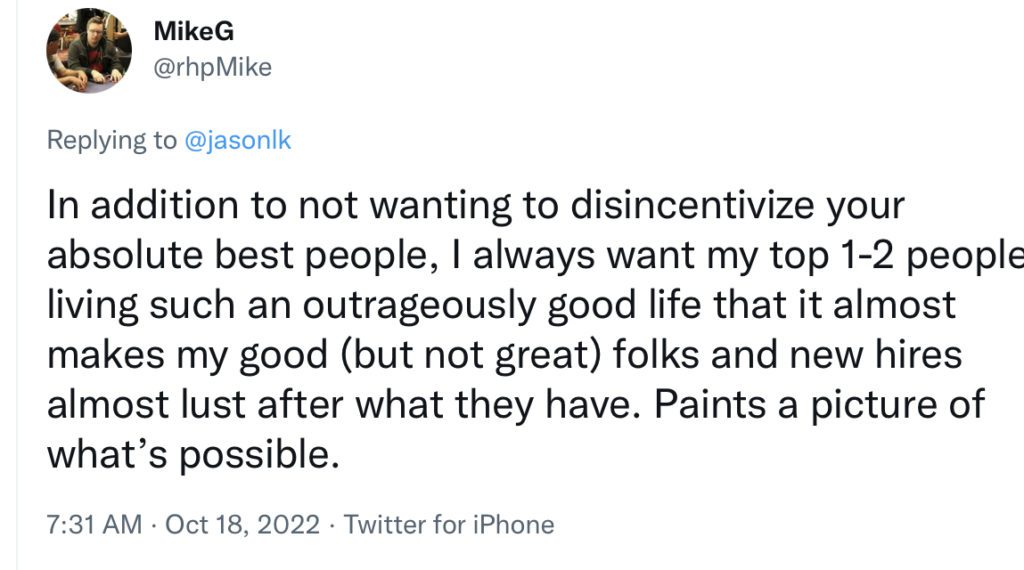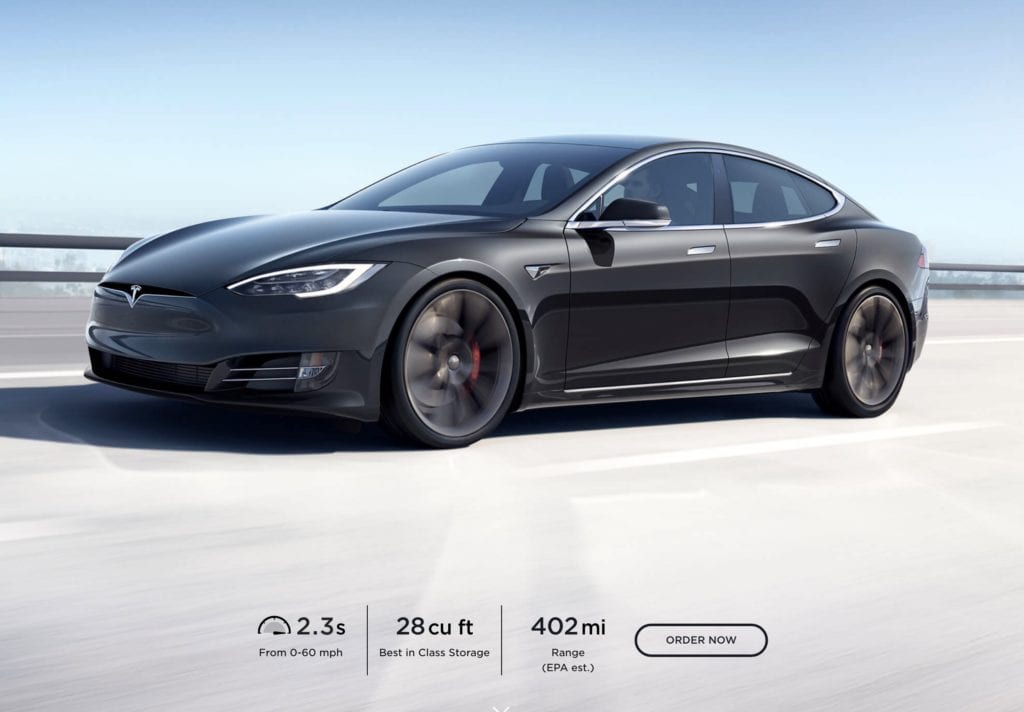I want to spend a few posts and some time on sales comp plans for early-ish stage SaaS companies (up to say $20m in ARR). Because most of the sales comp plans you are going to read about and learn about are great — for SaaS companies that are well post-Scale. That works great for Salesforce, or Box, or Datadog or Twilio, etc. Or for companies that are investing huge amounts in sales & marketing after raising $30m, $50m, $100m+ But they probably won’t work for you until you are Bigger. You’ll waste a ton of money and not learn enough.
We proposed a framework for a basic first comp plan in a classic SaaStr post here.
But before we get there, let me suggest one simple way to think about your sales comp plan: your top rep should be driving an M8 Convertible, or a Tesla Plaid, or goodness even a tacky G-Wagen, by the end of Year 1 on the job. And/or living in an incredible place, or buying a great condo or starter home.
Something like that. Just the top rep. And not when you hire them (you want to hire hungry reps, especially to start). But by 12 months or so down the road.

What do I mean?
Well, broadly speaking here’s what you want your first real sales rep comp plan to actually accomplish:
- The comp plan must be nominally competitive with peer companies. If it’s not, you won’t get the good ones. You can’t cut corners here. You’ll get candidates, but you’ll end up with dregs if you do. The best reps want to be paid top of market if they do well. (And these days, mediocre reps want to be paid top of market even if they do so-so, see below).
- Your top 1-2 reps should be able to just kill it. Make a ton of money. And buy an M8 Convertible or Model S Performance. Because you want them to prove it works, your sales and business model. To prove it to everyone else, without a doubt. Maybe there will only be one LeBron on your team at first. But you need one. One that is so good at selling your product, he or she not only closes a ton of business — but is so confident that he or she can continue to sell your product that buying an M8 convertible is just a downpayment on an even greater future as a salesperson at your SaaS start-up. Great salespeople that don’t believe don’t sign four-figure monthly leases.
- The mid-packers should feel OK-but-not-great about their comp. You don’t want an incentive structure where the losers hang around on the sales team. That will not only waste capital and more importantly leads — but you’ll get confusing data. You want a plan where they cycle out. If your mid-packers are paid fair but complaining they want to make more, but your top performers are making a ton … you might have it dialed in right. 🙂
- The pretenders should cycle out as well. These are the folks that talk the talk, but can’t close the customer, at least not enough, at least not without, say, the entire Salesforce brand [or insert other Big Leader here] and apparatus behind them. My tell-tale sign here? The Panerai watch. The $10,000 watch. But without the Plaid or M8 Convertible (or worse, paired to a dated AMG sedan from 1-2 generations ago). Why? The winners know they can continue to win. But even the pretenders eventually have one good quarter. One good bonus. And buy the $10k watch. But not the $100k+ car. Because they know it was luck, or at least, that they aren’t good enough to sustain it. So these folks always want a (x) big guaranteed base salary plus (y) a draw for 5-6+ months. Avoid them.
Can you judge the rep by the watch? I know that’s superficial. I know it sounds lame. I know there are many exceptions that make the rule.

But sales is about money, especially at the individual contributor level. Earning it, chasing it, closing it, living it. And often, flexing it.
And run from reps that don’t care about money. It doesn’t have to be all they care about. But they have to love to sell. And making “big money” is part of it. So this seemingly superficial tell, who has the big purchase around 12 months into a new role? I think it’s pretty telling.
A related post here:
(note: an updated SaaStr Classic post)


